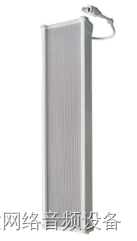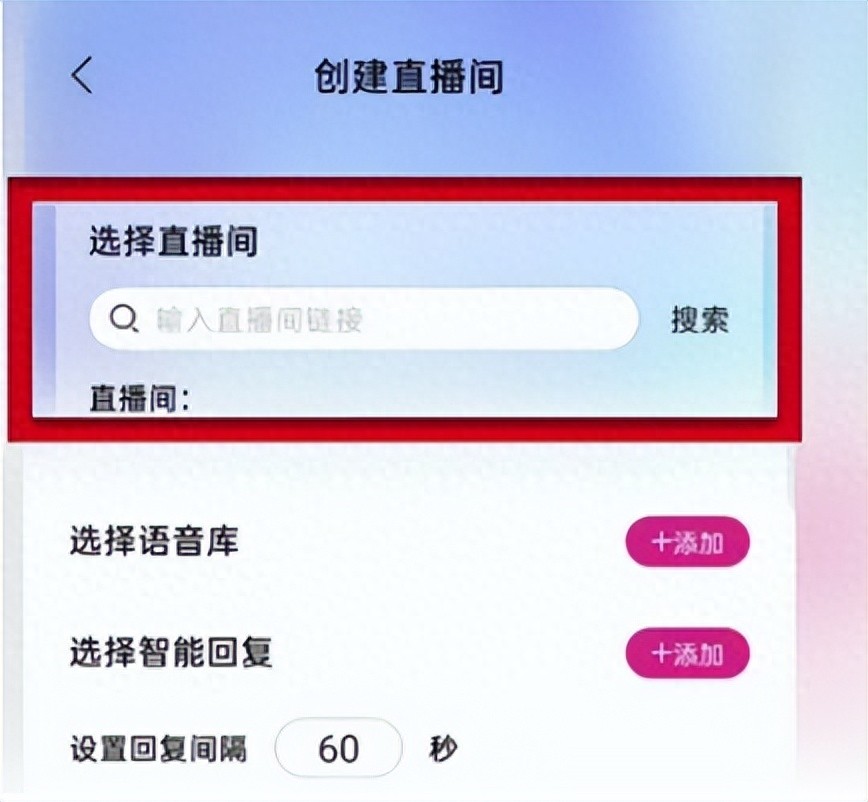ROS_2">ROS时间戳转换为年月日时分秒毫秒格式
在ROS(机器人操作系统)中,时间戳通常以一种特定的数据结构表示,称为ros::Time。要将ROS时间戳转换为年、月、日、小时、分钟、秒和毫秒,可以使用C++或Python来解析时间戳的各个部分。以下是一个示例代码,展示如何在ROS中完成这项任务。
C++示例
#include <ros/ros.h>
int main(int argc, char** argv)
{
ros::init(argc, argv, "timestamp_conversion_node");
ros::NodeHandle nh;
// 获取当前时间戳
ros::Time current_time = ros::Time::now();
// 将时间戳转换为秒和纳秒
int32_t seconds = current_time.sec;
int32_t nanoseconds = current_time.nsec;
// 将秒转换为日期和时间
ros::WallTime wall_time = ros::WallTime(current_time);
int year = wall_time.toBoost().date().year();
int month = wall_time.toBoost().date().month();
int day = wall_time.toBoost().date().day();
int hour = wall_time.toBoost().time_of_day().hours();
int minute = wall_time.toBoost().time_of_day().minutes();
int second = wall_time.toBoost().time_of_day().seconds();
int millisecond = nanoseconds / 1e6; // 毫秒
// 打印结果
ROS_INFO("Year: %d, Month: %d, Day: %d, Hour: %d, Minute: %d, Second: %d, Millisecond: %d", year, month, day, hour, minute, second, millisecond);
return 0;
}
Python示例
#!/usr/bin/env python
import rospy
from datetime import datetime
def timestamp_to_datetime():
rospy.init_node('timestamp_conversion_node', anonymous=True)
# 获取当前时间戳
current_time = rospy.get_rostime()
# 将时间戳转换为秒和纳秒
seconds = current_time.secs
nanoseconds = current_time.nsecs
# 将秒转换为日期和时间
dt = datetime.fromtimestamp(seconds)
year = dt.year
month = dt.month
day = dt.day
hour = dt.hour
minute = dt.minute
second = dt.second
millisecond = nanoseconds / 1e6 # 毫秒
# 打印结果
rospy.loginfo("Year: %d, Month: %d, Day: %d, Hour: %d, Minute: %d, Second: %d, Millisecond: %d", year, month, day, hour, minute, second, millisecond)
rospy.spin()
if __name__ == '__main__':
try:
timestamp_to_datetime()
except rospy.ROSInterruptException:
pass
这些示例代码会获取当前ROS时间戳,然后将其分解为年、月、日、小时、分钟、秒和毫秒,并将这些值打印出来。可以根据自己的需求来使用这些值。
ROS_80">年月日时分秒毫秒转换为ROS时间戳格式
要将年、月、日、小时、分钟、秒和毫秒转换为ROS时间戳,可以使用ROS的时间处理函数。以下是一个示例代码,演示如何从年、月、日、小时、分钟、秒和毫秒创建ROS时间戳。
C++示例
#include <ros/ros.h>
int main(int argc, char** argv)
{
ros::init(argc, argv, "reverse_timestamp_conversion_node");
ros::NodeHandle nh;
// 定义日期和时间的各个部分
int year = 2023;
int month = 10;
int day = 9;
int hour = 14;
int minute = 30;
int second = 45;
int millisecond = 500; // 毫秒
// 创建tm结构体以便使用ROS的时间函数
struct tm time_struct;
time_struct.tm_year = year - 1900; // 年份应减去1900
time_struct.tm_mon = month - 1; // 月份从0开始,所以需要减1
time_struct.tm_mday = day;
time_struct.tm_hour = hour;
time_struct.tm_min = minute;
time_struct.tm_sec = second;
// 使用mktime将tm结构体转换为时间戳
time_t time_seconds = mktime(&time_struct);
// 创建ROS时间戳
ros::Time ros_time(time_seconds, millisecond * 1e6); // 将毫秒转换为纳秒
// 打印结果
ROS_INFO("ROS Timestamp: %d.%09d", ros_time.sec, ros_time.nsec);
return 0;
}
python示例
#!/usr/bin/env python
import rospy
from datetime import datetime
from time import mktime
def datetime_to_timestamp():
rospy.init_node('reverse_timestamp_conversion_node', anonymous=True)
# 定义日期和时间的各个部分
year = 2023
month = 10
day = 9
hour = 14
minute = 30
second = 45
millisecond = 500 # 毫秒
# 创建datetime对象
dt = datetime(year, month, day, hour, minute, second, int(millisecond * 1e3))
# 使用mktime将datetime对象转换为时间戳
time_seconds = mktime(dt.timetuple())
time_nanos = int(millisecond * 1e6)
# 创建ROS时间戳
ros_time = rospy.Time.from_sec(time_seconds) + rospy.Duration.from_nsec(time_nanos)
# 打印结果
rospy.loginfo("ROS Timestamp: %d.%09d", ros_time.secs, ros_time.nsecs)
rospy.spin()
if __name__ == '__main__':
try:
datetime_to_timestamp()
except rospy.ROSInterruptException:
pass
这些示例代码演示了如何从年、月、日、小时、分钟、秒和毫秒创建一个ROS时间戳。首先,需要定义这些时间部分,然后使用适当的函数(mktime或rospy.Time.from_sec)将它们转换为ROS时间戳的秒和纳秒部分。然后,可以将这些部分组合成一个ROS时间戳对象。







